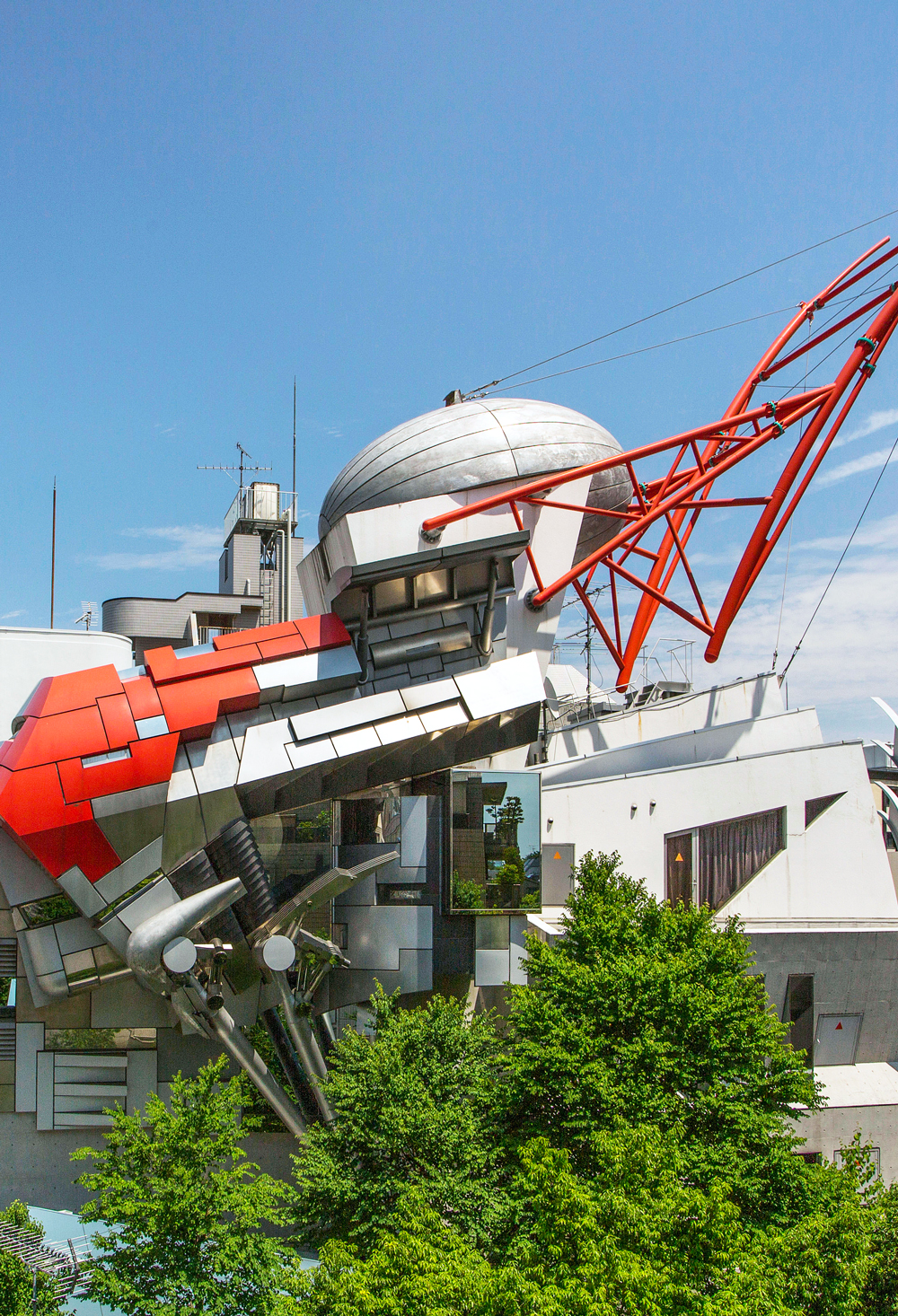The world’s top architects often love to push boundaries. Sometimes, critics praise the end result as being extraordinarily striking, but radical design can also provoke a strong reaction on the other end of the spectrum. Take a look at seven structures that have been dubbed among the “ugliest” buildings in the world — and decide for yourself whether you love or hate them.
Monster Building – Hong Kong
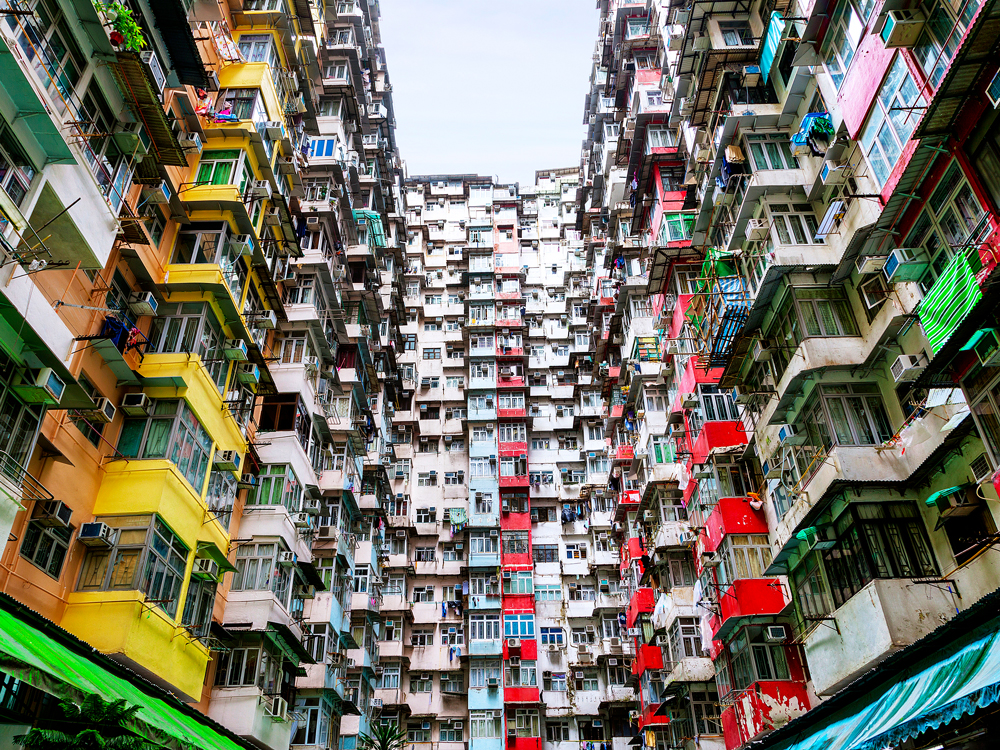
Hong Kong’s Monster Building — as locals have nicknamed it — is not one, but five buildings grouped together. Built in the 1960s in the Quarry Bay residential district, the complex comprises Oceanic Mansion, Yick Cheong Building, Fook Cheong Building, Montane Mansion, and Yick Fat Building. These densely packed apartments were erected due to the need for housing for a rapidly growing population — but, as some critics argue, with little heed to aesthetics.
However, thanks to its distinctive appearance, the complex has been featured in several movies, including 2007’s Transformers and 1995’s Ghost in the Shell. It has also become a magnet for photographers, despite access to the inner courtyard now being restricted. Nevertheless, the buildings are considered by many to be something of an eyesore.
Museum of Pop Culture – Seattle, Washington
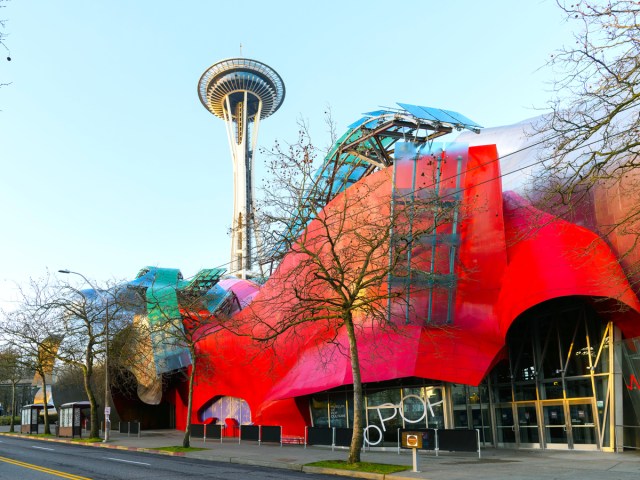
Located across from the iconic, slender form of the Space Needle, the Frank Gehry-designed Museum of Pop Culture attracts derision and delight in equal measure. The late Herbert Muschamp, architecture critic for The New York Times, famously referred to it as looking “like something that crawled out of the sea, rolled over and died.”
Yet, if you catch it on a sunny day — when the light reflects off its 21,000 individually cut aluminum and steel shingles — MoPop is remarkably photogenic. There’s an energy and playfulness about the structure, which is fitting for the subject matter you’ll find within its curvaceous walls. First impressions aren’t always correct, and close up, this strange building might not be as ugly as you initially thought.
Selfridges Building – Birmingham, England
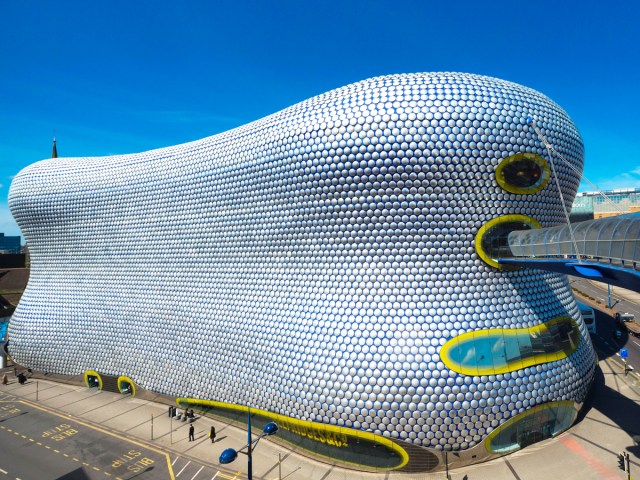
The excitement over plans for Selfridges to open its first department store outside of London was tempered with dismay over the building that would house it. Birmingham residents (nicknamed “Brummies”) were divided as to whether the Selfridges Building, completed in 2003, was an innovative piece of architecture that would shine a new spotlight on Britain’s second-largest city — or an outlandish monstrosity that would blight England’s West Midlands region for decades to come.
Some unkindly likened the building’s aluminum disc detailing to the bulging eyes of a fly, while others said it resembled medieval chainmail. Five years after it was completed, the building topped a 2008 poll on the U.K.’s ugliest buildings. However, a couple of decades on, this audacious, ambitious, award-winning project may finally be starting to grow on people.
Aoyama Technical College – Tokyo, Japan
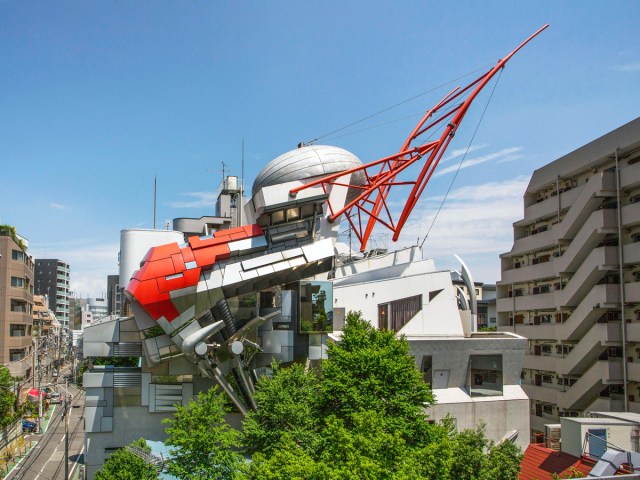
This highly original building has proved highly divisive. Those who dislike the college building in Tokyo’s Shibuya district might claim it’s what you’d end up with if you cross a cockroach with a robot — and throw in a random splash of color for good measure. Opened in 1990, it’s the work of Japanese architect Makoto Sei Watanabe, who aimed to create something that was “capable of moving people’s hearts and giving them a physical thrill.”
Yet, for someone seemingly focused on emotional impact, the architect worked in an unusual way, using mathematical algorithms and computer models to design the structure. And although the building he designed to house Aoyama Technical College may not excite passersby in the way he hoped, it’s certainly a provocative talking point.
Les Espaces d’Abraxas – Noisy Le Grand, France

Les Espaces d’Abraxas is a postmodern residential complex in Noisy Le Grand, a neighborhood in the eastern suburbs of Paris. This estate was one of a number aimed at easing housing pressure on the French capital in the 1970s. Designed by architect Ricardo Bofill in 1978 and completed four years later, it features 591 apartments that span three buildings known as Le Palacio, Le Théâtre, and L’Arc.
The prefabricated concrete used in its construction, coupled with a reputation for crime, lends a somewhat dystopian quality to the complex, and the cramped site can feel claustrophobic given the height of the buildings. It’s no surprise, then, that many dismiss it as ugly. Yet, it’s impressively cinematic and was used as a filming location in The Hunger Games: Mockingjay Part 2.
Chang Building – Bangkok, Thailand

The Chang Building was a collaboration between real estate developer Arun Chaisaree and architect Ong-ard Satrabhandhu, who chose to design a structure that resembles an elephant. To the casual observer, it might look like something a child created out of building blocks, but the design has deeper meaning — it references the elephant’s significance in Thai culture and religion.
The Chang Building (commonly known as the “Elephant Building”) comprises three connected towers, two of which form the elephant’s legs and the other its trunk. But while some fans consider the architectural novelty fun and uplifting, it polarizes opinion and has sometimes appeared on lists of the world’s ugliest skyscrapers.
J. Edgar Hoover Building – Washington, D.C.
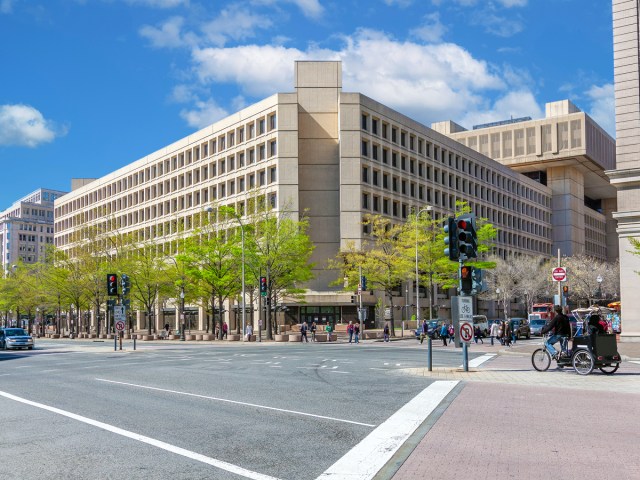
Seeing the beauty in Brutalism can be a challenge, which is perhaps why critics of the J. Edgar Hoover Building will argue it belongs in this list. This bulky behemoth, home to the FBI headquarters, cost a staggering $126 million to construct, going well over budget by the time it was finished in 1974. In its 2006 guide to the architecture of Washington, D.C., the American Institute of Architects (AIA) described it as “the swaggering bully of the neighborhood” and “ungainly, ill-mannered and seemingly looking for trouble.”
Five decades after it opened, the building hasn’t aged well and is, as one Washington Post headline unequivocally declared, “falling apart.” But its planned replacement in suburban Maryland will take more than a decade to come to fruition, so the J. Edgar Hoover Building will remain a D.C. landmark for some time yet, whether you consider it ugly or not.
More from our network
Daily Passport is part of Inbox Studio, which publishes content that uplifts, informs, and inspires.






